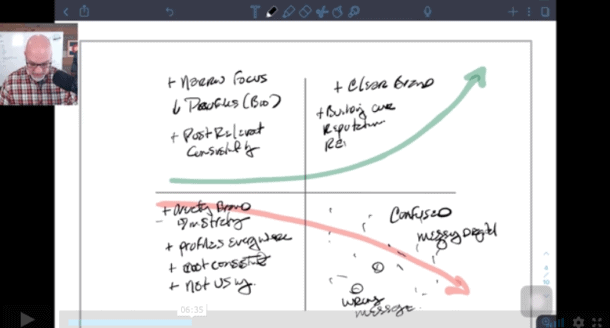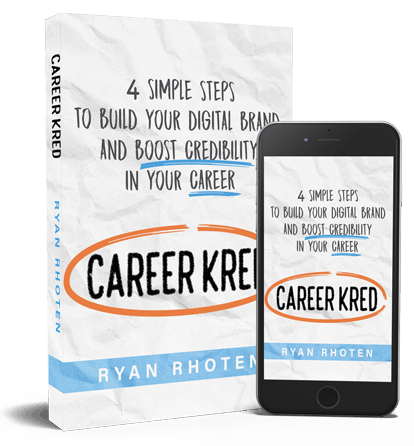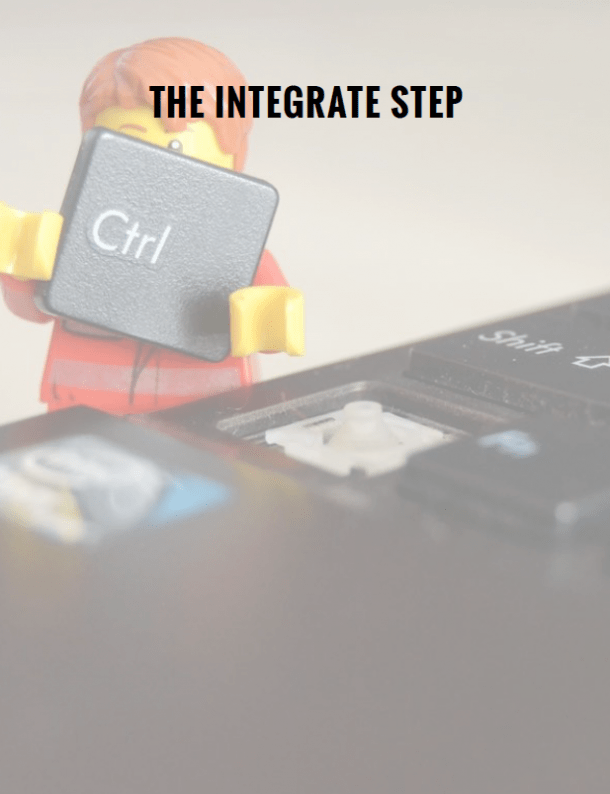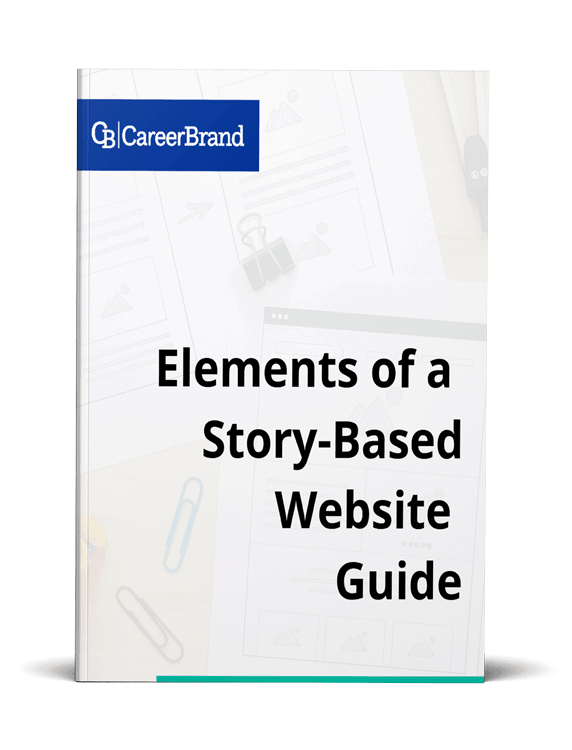[video_player type=”youtube” width=”560″ height=”315″ align=”center” margin_top=”0″ margin_bottom=”20″]aHR0cDovL3lvdXR1LmJlLzJMQ2dnbXNDWGs0[/video_player]
The thing people love about George is that he usually says out loud what most of us think. He also will act in a manner consistent with his outbursts, like “snapping” and making the sudden decision to quit his job without another one lined up.
While great for a TV show this won’t work for many of us in the non-TV world. Behind the humor in the scene there is a lesson for us all that starts with the question if you could choose any career, what would it be?
Would you do the same thing you are doing now or would you go in a completely different direction? How would you make the decision? Fortunately, for us, all George helps us understand what not to do when considering our options and future career path.
“Nobody’s hiring now, the market is terrible”
This is George’s answer when Jerry asks if he will look for something else in the same industry. For many George’s answers will strike a cord, but what he is hiding behind this reasoning is why he snapped in the first place.
My guess is he had been working in an unhealthy environment for a while. Tension, stress, and frustration related to the environment had all been building up inside for a while. Rather than address his concerns he buried them. I
f the environment was really this bad what he should have been doing was looking for work somewhere else, maybe even in another industry entirely. This is especially true if he knew the market was terrible.
When we find ourselves in less than desirable situations we often try to rationalize our reasons for staying by saying things such as the market is terrible. The reality, however, is that sometimes we are afraid to move on.
We get complacent and comfortable and as a result, we stay in jobs that don’t challenge us or bring us fulfillment. What George should have been doing is preparing for his next job, even if in another industry.
At least this way he may have been able to avoid “ the snap”.
“What do you like to do?”
To spur thought, which is probably difficult to do with George, Jerry asks this seemingly harmless question. Without regard to skills or experience, George starts running through the things he likes; sports, movies, and even talk shows.
It would be awesome if this were how we find our jobs wouldn’t it? Just figure out what you like to do and go do that. The challenge we face with this thought process, however, is just because we like to do something, doesn’t mean we are good at it or more importantly that someone will pay us to do it.
For example, I like golf. I would love to get paid to play but the reality is I will never make a living as a golfer. Why not? I mean I like to golf and I have a desire to play it for a living.
Unfortunately playing golf for a living has nothing to do with liking the game or even having the desire to play. Instead, it has everything to do with skill and experience. What I’m lacking is the skill necessary to play golf for a living.
When George suggests that he could be a sports announcer because he “makes those interesting comments during the game,” Jerry points out that, “they usually give those jobs to ex-ball players and people that are, you know, in broadcasting”.
In other words, they have the skills and experience required to qualify for those positions. As you know you need to do that something, whatever your something is, typically for many years first starting at the bottom and moving slowly to the top.
All the while you are gaining new skills, honing those skills and at the same time gaining experience. And while we may want to agree with George that it’s unfair, we know that it isn’t.
“Where do you start?”
After considering several jobs he is not qualified for but likes, George finally gets to the question that he should have asked first, “Where do you start?”
The answer is actually pretty simple but it’s not necessarily easy to act on and it begins by understanding where you are today. Without this understanding, it will be very difficult to make the move to where we want to be tomorrow.
Benjamin Franklin is quoted as saying:
“There are three things extremely hard: steel, a diamond and to know one’s self”
Understanding you, is the key to understanding where to start. Knowing what gives you fulfillment, strength and especially understanding what drains the “life” out of you is where you need to start before you reach the point where you snap.
That’s where the personal branding blueprint can help. After finishing the course, you will begin to understand who you are and where you are. Only then can you begin to align who you are with what you do.
Happen to your Career
Knowing what activities give you strength, allows you to seek out opportunities that will allow you to do those things more often. After you have identified those opportunities, list out any gaps that may exist between where you are and where you want to go.
After completing you list start looking for opportunities to fill the skill gaps. This could mean new challenges with your current company or finding challenges outside your company in order to help you gain new skills.
A great place to gain new skills and experiences is by volunteering. Start out by asking to help with a local event. Once you get comfortable with the organization step up to a leadership role, such as being the chairperson for a large event like an annual gala.
Put your name in the hat to be an elected official in the organization. You will not only learn a lot as you gain new skills and experiences but you will also expand your network by meeting people who may not have been accessible to you otherwise.
When it comes to doing what you like, you need to be proactive, not reactive. I’m not sure who said it but it is very true, you need to happen to your career and not let it happen to you.
The starting point for this begins with an understanding of yourself, your strengths and ultimately knowledge of where you want to be. Once you know this you can begin taking steps in the right direction and start happening to your career.
After all, as George says,”You can’t just walk into a building and say I want to be a talk show host”.
Are you willing to put in the time and effort to do what it takes? What are some other ways you can gain experience doing what you like?





